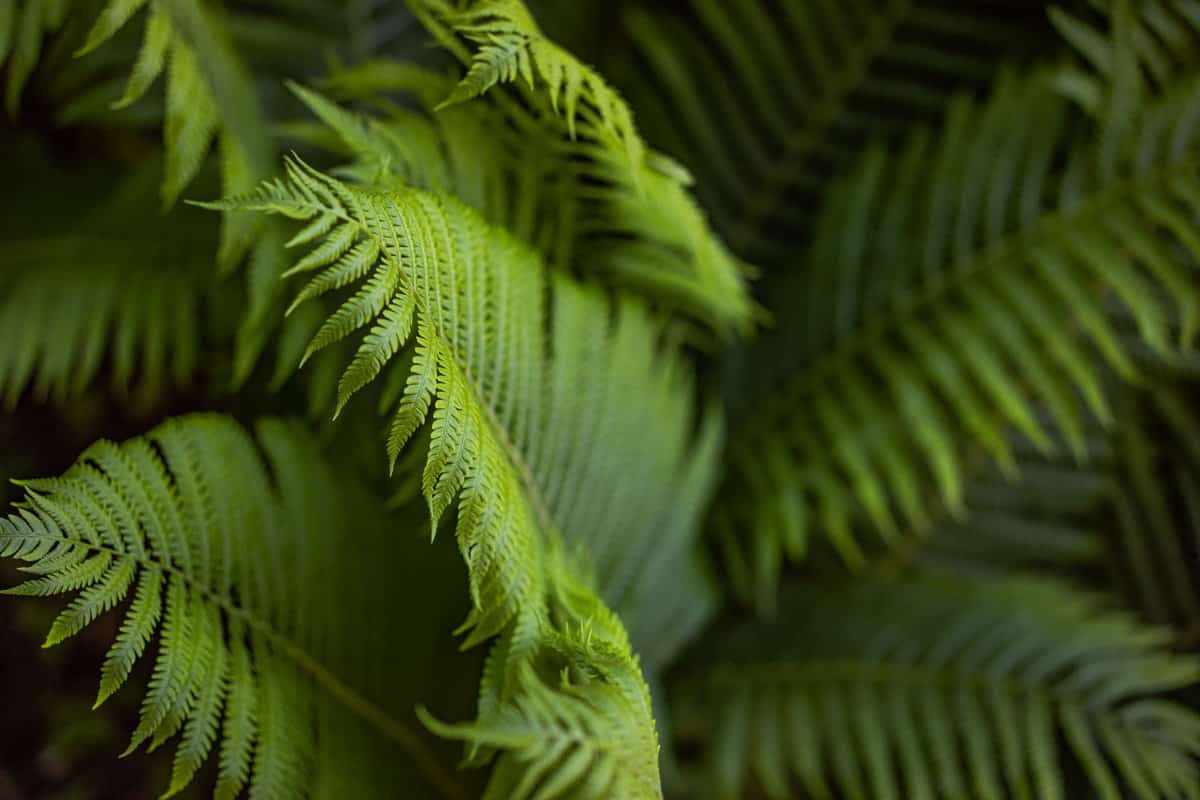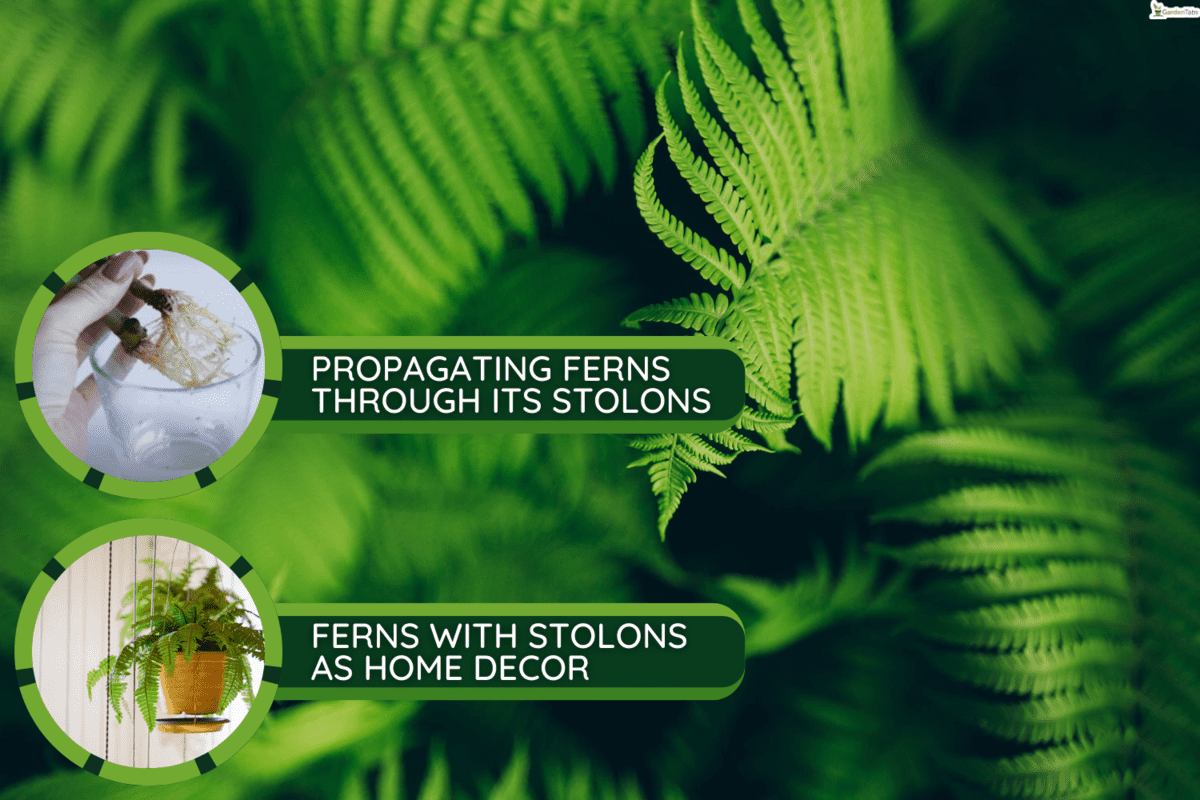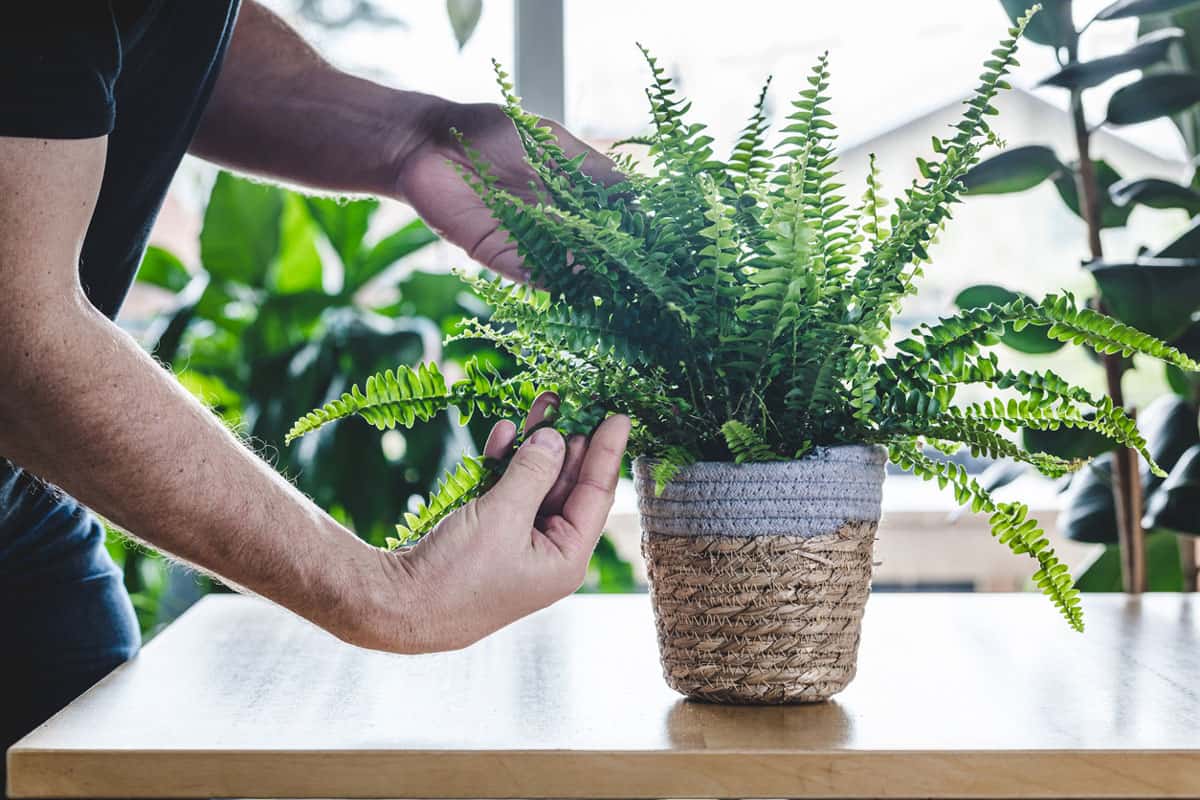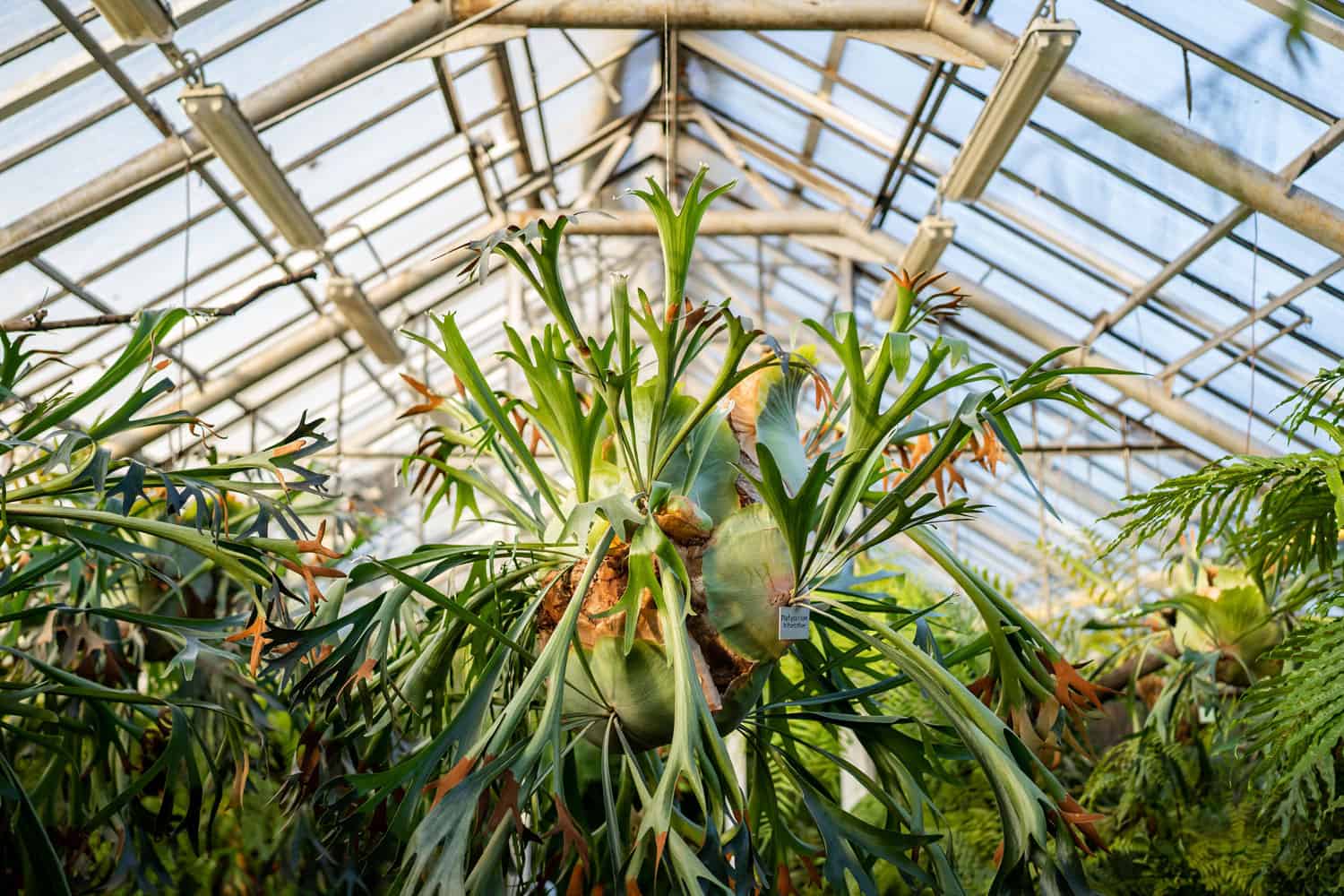The ferns have slender branches that extend horizontally along the ground and are also referred to as runners or stolons. Can you take out these stolons, though? We did a lot of research to provide you with the correct answers.
You can remove these stolons by cutting them if you think they don't look lovely on the fern. However, try to cut them back when they first develop, then keep them trimmed back.
Fern plants are fantastic, non-toxic, and fast-growing plants that also make lovely houseplants. Any interior environment benefits from its grandeur, deep green shades, and distinctive texture. Continue reading until the end of this article to get more information about your fern.
Cutting Stolons From Your Fern Plant

The stolons or runners, which are very short fern branches, give the appearance that the fern is suspended from a stalk. Usually, they will make some sort of ground contact and develop roots, enabling the plant to develop and spread. Stolons are produced so that the plants can expand and get wider.
Stolons can be cut and discarded. Keep in mind not to throw them out with organic waste.
Compost will become contaminated, and it can propagate in other people's yards, where it can turn into a nuisance. It is a harmful gardening plant since it spreads over and distributes to other areas of the wild as an invasive plant, harming native plants.
You only need to exert a little force with your fingertips to eliminate these stolons from the plant because they are not too difficult. If it is too challenging, you may also employ shears to do this work.
To encourage greater growth, any damaged or deceased stolons should be removed. This may also contribute to ferns that look healthier and much more attractive.
Hence, the best approach to deciding if you should trim the stolons off your fern is to consider the kind of fern you have, the state of the stolons, and whether or not doing so would be advantageous for the plant's growth and appearance.
See this pruning shear on Amazon.
Other Things You Can Do With The Stolons Of Your Fern

What are your options for using your fern stolons? You don't have to do anything, but you want to make every effort to keep the plant in good condition. Here are a few ways to make use of the stolons:
Propagating Ferns Through Its Stolons
Ferns are not too hard to propagate. Ferns can be propagated in several ways, one of which is through their stolons.
To reproduce fern plants, simply pull the fern stolons away from the plant's root or trim them with a sharp scissor or hand pruner. The offset doesn't need roots because it can grow roots anywhere it comes into direct contact with soil.
If the offset was manually taken, it could be replanted right away. However, if the offsets were cut from the parent plant, they should be left alone for a few days to enable the cut to heal and recover.
Ferns With Stolons As Home Decor
Houseplant trends change just like fashions in patterns and colors do. For many years, ferns were suitable options for entrances, patios, verandas, and so on. That is all thanks to its propensity to flourish in humid, shaded conditions.
The majority of households who are unable to spend a lot of money on a diffuser are advised to use ferns because they function as a natural air purifier and emit moisture through a method known as transpiration.
They can be placed in a hanging pot and allowed to drape down a corner, such as the corner of a bookshelf. It is undoubtedly a great location where their fronds can hang over.
Whenever you position them, they will stand out because of the stolons' aesthetic addition to the richness of their leaves. They can also be planted in a mini container and placed on your desktop. This will serve as a source of motivation and encouragement as you are working or studying.
Care Instructions For Ferns
As you adhere to these suggestions, mastering the fundamentals of fern care is easy, whether you care for them inside or outside.
Light
It is necessary to have sufficient light because ferns will grow in both full sunlight and moderate shade. However, for a cheerful and healthy-looking fern, you must strive for a site that is moderately bright yet does not receive direct sunlight.
The best window to use will be one that faces north. While south-facing in direct sunlight should be avoided, the east or west situation could be okay.
Watering
For a fern, keep the soil somewhat damp throughout the year, except for winter, and water the plant right even before the soil dries out. Remembering that all ferns are water-sensitive is important.
Winter requires extra caution. Only water until the surface soil is completely dry. Although dampness is essential, you ought to be careful to refrain from watering it excessively.
Before watering, help ensure that the water has stabilized and is at room temp. A disturbance to the plant's roots from incredibly cold water may harm the plant and limit its ability to grow.
Soil

Ferns prefer loose organic soil. Make sure the soil is naturally rich in compost before planting your ferns by adding some compost, peat moss, or tiny amounts of vermiculite.
If you intend to raise your plants as indoor plants, you must report them whenever they exceed their previous containers. Since peat moss improves the soil's ability to retain water, adding a tiny bit to the soil when potting plants is quite advantageous.
Humidity
Like most fern species, fern also needs a lot of dampness. The even greater relative humidity is ideal. For optimal conditions, the bulk of such ferns would have been desired.
They enjoy damp air. However, they can also be cultivated under conditions of typical humidity. However, the plant will struggle and may waste away from such humidity drops.
Your ferns stay must away from heaters and hot ventilators. They dry out the air and can harm your adored fern.
Ferns are a suitable plant for bathrooms well-lit by natural daylight. Daily misting of the leaves or discovering other creative means of boosting humidity is also beneficial.
Fertilizer
During the summertime, fertilize the ferns every two to four weeks using a nutrient solution. Take care not to blend the fertilizer at maximum intensity, as this might damage the root system. Add a few droplets of your nutrient solution to the water you use for spray-misting to dilute it.
Be mindful and avoid feeding your ferns during the winter months when they are dormant, but make sure the area that surrounds them is wet by spraying them frequently.
Most ferns are forest plants with soft, fragile roots suited to the light oil found in the woods, typically rich in leaf mold and decomposing plant waste.
Therefore, the proper composting must have good drainage, so the fern's roots don't become damp and accurately replicate the forest. Use a peat-based compost or one that uses a peat replacement that contains fiber and a lot of sand.
Never allow your compost to dry out. This may require you to water the fern a little daily in hot, dry environments.
View this liquid fertilizer on Amazon.
Different Types of Ferns

Ferns come in a wide variety, growing well indoors and outside. Choose a room with plenty of space if you're growing ferns indoors because they sometimes develop broad leaves that extend out in all directions.
Planting ferns is the solution if you want to give the landscaping of your yard or floral garden more flair.
Boston Ferns

These are the most often used types of indoor plants, while many areas also have wild populations of them. The fronds of Boston ferns should be lightly misted regularly to profit from their ability to grow to enormous sizes.
Staghorn Ferns

The fertile, stag-horn-like, green fronds can reach a length of four feet and bear spores on their undersides. The brown sterile fronds are small, flattened, and rounded and develop outside the green ones.
Ostrich Ferns

Ostrich ferns have leaves that develop in an upward sweep that mimics a vase. Ostrich ferns prefer shade and damp soil. Water plants sparingly at ground level to help them become more packed, being careful not to get anything wet on the fragile leaves.
Conclusion

You can dispose of them in your trash, but don't put them into your compost. It will taint the compost, which will then spread to other people's yards and cause a nuisance. You must apply a little pressure with your fingertips to the stolons to pry them out from the plant.
Here are related articles that you may want to read:


